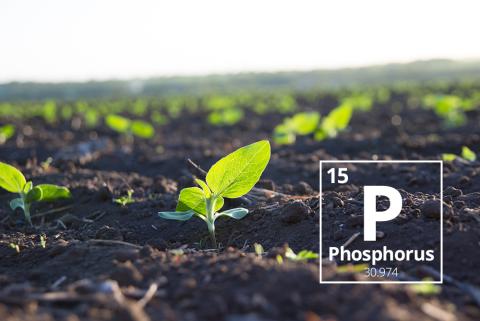Ian's Question for the FarmPEP community - Please comment any responses or thoughts:
How is it best to manage phosphate availability in clay soils, with high calcium content? Organic, inorganic, foliar feeds or soil reserves?
Phosphate pollution is very topical at the moment but as phosphate doesn't move very far, surely this is a soil erosion issue rather than necessarily a result of over application of phosphate fertilisers (assuming soil indices around recommended levels).
Land drainage and therefore water movement and holding capacity of the soil must also be a big influence on the soils ability to hold phosphate and its availability to the plant roots.
See attached article from ADAS crop physiologist Roger Sylvester-Bradley



Discussion
Hi
Applying organically complexed P in the form of biosolids
or as a mixture of liquid P and humic substances can also enhance P nutrition and result in yield increases.
As calcium intake increases without a corresponding increase in phosphorus intake, phosphorus absorption falls and the risk of phosphorus insufficiency rises. Intakes with high Ca:P. ratios can occur with use of supplements or food fortificants consisting of non-phosphate calcium salts.
Bryan Hopkins and Jason.2005. PHOSPHORUS AVAILABILITY WITH ALKALINE/CALCAREOUS SOIL.Western Nutrient Management Conference. Vol. 6. Salt Lake City, UT.
or more....
Maybe you should think about the wonderful dung beetles, experts in enhancing various soil types when taking care of your soil!!!
cheers
Phosphate nutrition is both interesting and important. I put forward my thesis and I hope I am not just stating the obvious: